Planning for peak: How to make Facebook and Instagram work for you
September 8, 2020 •Sorcha OBoyle

Preparations for peak are already well underway and although the world feels very different this year, customer behaviour indicates that seasonality will remain the lynchpin around which the new retail environment turns.
Peak has always been the time to focus on acquiring new customers and this year is no different. Based on the current revenue trends we’re seeing among our clients, online channels are experiencing significant increased revenue growth from new customers (+ 34% YOY) compared with existing customers (+ 11%) and this trend is expected to continue.
Facebook and Instagram will play a central role in retailers’ online (and offline!) performance marketing strategies and, as peak sets the tone for the rest of the year, more2 is co-hosting an online workshop with Facebook to help you optimise your paid social campaigns before you dive into peak trading.
For more information and to register, click here
In the meantime, we’ve jotted down 5 expert tips to help you stay ahead of the curve:
1. Focus on acquisition
In a trend that’s expected to continue well into peak and beyond, revenue growth from new customers far outstripped that from existing customers in August – across all sectors. As customers continue to switch to online channels and try out new brands, now is the time to make them discover and fall in love with yours. From refining your lookalike audiences to ensuring your setup is truly omni-channel and perfecting your creative (short-term and evergreen), September is the time to lay the foundations of a successful peak. Bear in mind too that your allowable cost of acquisition can probably be a little higher through September and October because you’re more likely to get a repeat order during peak.
2. Fix your Facebook pixel
You know that an influx of new customers is coming your way (Black Friday isn’t going anywhere!) so you need to be confident that you can capture every step of those customer journeys, from product view right through to add to cart and checkout. Facebook’s pixel is the most comprehensive and accurate tool in your arsenal – but only if it’s firing on all cylinders.
Surprisingly, 80% of brands we audit have problems with their Facebook pixel.
That means that those brands are letting valuable customers slip through their fingers – customers they’ve bid on and who have moved right down the funnel but stopped short of converting. Facebook’s AI needs to know who to bid the most for, which means knowing where people are in their purchase journey. And when your pixel’s fully optimised, you can remarket the right products to the right people and avoid losing valuable potential customers to the dreaded Leaky Bucket.
As a Facebook Marketing Partner, we’re offering free Paid Social audits and consultations for 10 D2C brands in September. If you’d like a health-check on your social channels, get in touch here!
3. Take the holistic approach by integrating offline orders
At more2, we recently ran some in-depth analysis for a client to see what impact their Facebook campaigns have on in-store sales. Of all in-store purchases, 28% were preceded by a click on a Facebook ad in the previous 7 days.
Your customers are omni-channel so your measurement should be too. Footfall and instore revenue are increasing steadily but you need to be able to match in-store purchases with feed campaigns to get an accurate picture of what impact your online marketing activity has on store performance. Equally important is that you feed your offline data into Facebook so you can target your in-store customers with local store updates and stock releases – it’s a two-way street!
4. Don’t over-segment
Marketers enjoy playing around with audiences, creatives, and segmentation – it’s part of what makes us tick. And while it’s tempting to segment your campaigns based on what you know about your customers, it’s best if you don’t.
Think about it this way: imagine you’re a cosmetics brand and your best customers are 40-55-year-old women. If you segment your audiences to target only that group, you’ll probably get a good response, the campaign will do well and you’ll consider it a job well done.
But what about the tens of thousands of women and men in their mid-thirties and early fifties you’ve just excluded from your campaign? Chances are, a large proportion of them would love your brand too and become high-value customers – if only they’d seen your ad.
Facebook’s AI simply has a greater breadth of data to work with. The best thing you can do is link it with your product catalogue and audience feeds and let it learn which creative works best with each customer cohort.
5. Do you even Lift Test, bro?
Incrementality testing is the cornerstone of all good marketing strategies and Facebook’s Lift tests give a statistically robust read on incremental orders and tell you exactly what impact your campaign is having on revenue.
It’s an important metric to share with your team as it can be difficult for marketers to understand exactly how their hard work translates into revenue, particularly when teams are under pressure during busy periods like peak. And Finance will thank you for sharing it too as they’ll be better able to understand how marketing spend translates into real-time incremental revenue!
These are just some of the changes you can make to get ready for peak. To learn more, join our workshop with Facebook for a masterclass in optimising your social performance – or just drop us a line at hello@more2.com!

